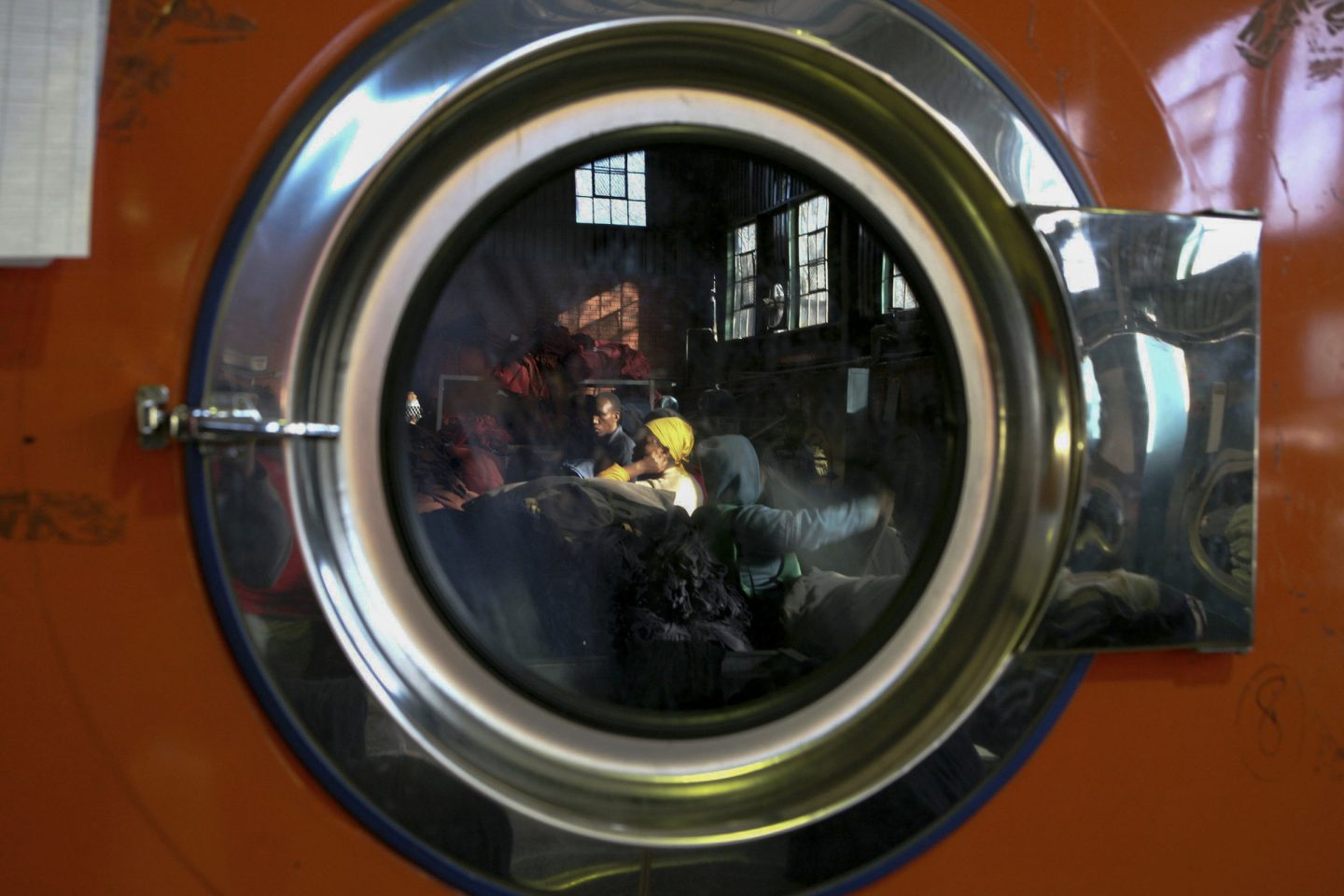The strike action by almost the entire workforce of Lesotho’s textile and garment sector entered its 25th day on Monday 7 June. Nearly 38 000 of roughly 40 000 workers in this sector – which makes up 20% of the gross domestic product of this tiny southern African landlocked country with a population of a little over two million – have downed tools since 14 May.
Two workers died and several were injured in three separate police actions against the workers since the beginning of this labour action, led by a coalition of trade unions. The strike was launched to protest the government’s failure to review the minimum wage for two consecutive years, 2020-2021 and 2021-2022.
“In terms of our Labour Code Section 52, the wages have to be reviewed annually” to adjust to the prices, said Solong Senohe, the secretary general of the United Textile Employees (Unite). By not fulfilling this obligation, he explained, the government has pushed workers below the poverty line as prices – of even basic food items – have gone up by about 20% over the past year, while wages have remained frozen at $150 per month since 2019.
History’s economic imbalance persists in SA
In 2020, at the onset of the Covid-19 pandemic, the government refused to notify a renewed minimum wage on the grounds that the companies were not in a position to give higher wages because of the losses incurred as a result of the lockdown.
“But that was not true,” explained Senohe. “During the negotiations, the employers’ associations, which are represented in the Wages Advisory Board, along with the unions, had offered a 6% hike for those workers who had served less than a year, and 5% for those who had completed a year.”
The unions were demanding a higher hike, and no agreement was reached with the employers’ associations. Under such circumstances, he said, the government has a mandate to make a decision that is fair to both parties.
However, instead of finding a midway agreement, the government decided to not gazette any hike at all, and stated the pandemic as the reason, when it had only just begun. Soon after the lockdown level was downsized, the textile and garment workers took to protests, which did not yield any result last year.
In 2021, the negotiations regarding the minimum wage revision began in February. The employers’ associations, which mainly represent the Taiwanese and Chinese companies that dominate the textile and garment sector, offered a 5% increase. The unions however demanded 20%, which, Senohe said, is roughly the rate by which prices of basic commodities have shot up over the course of the past year.

